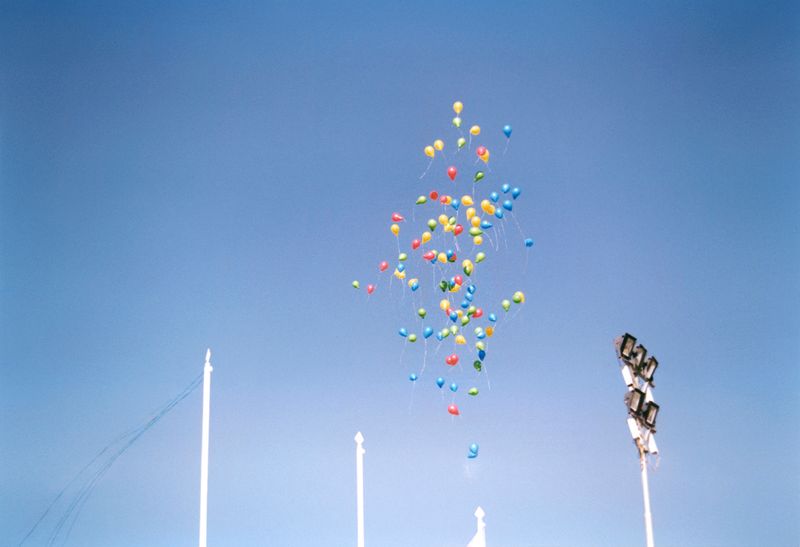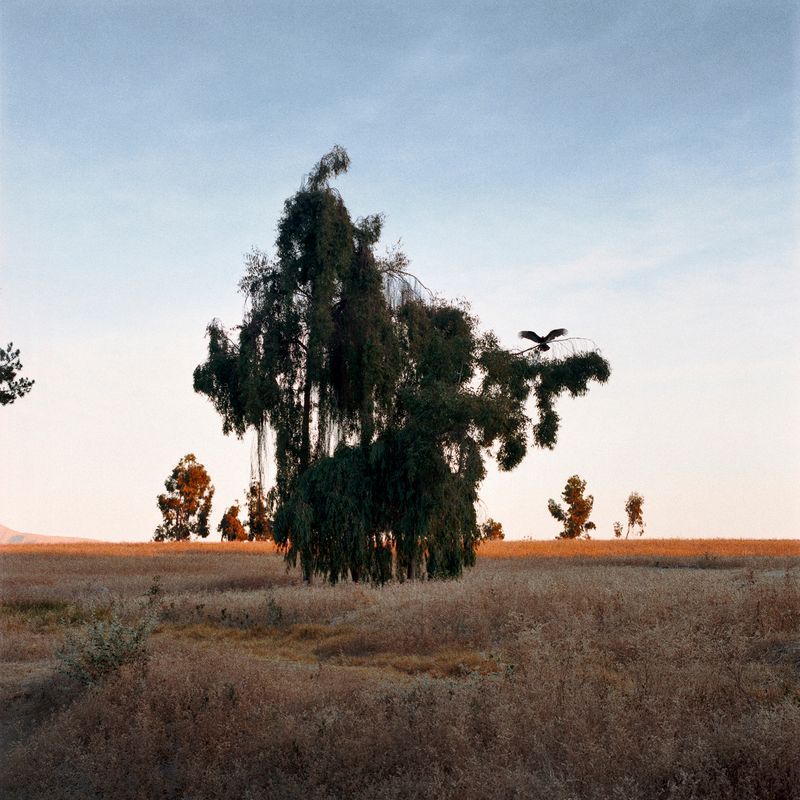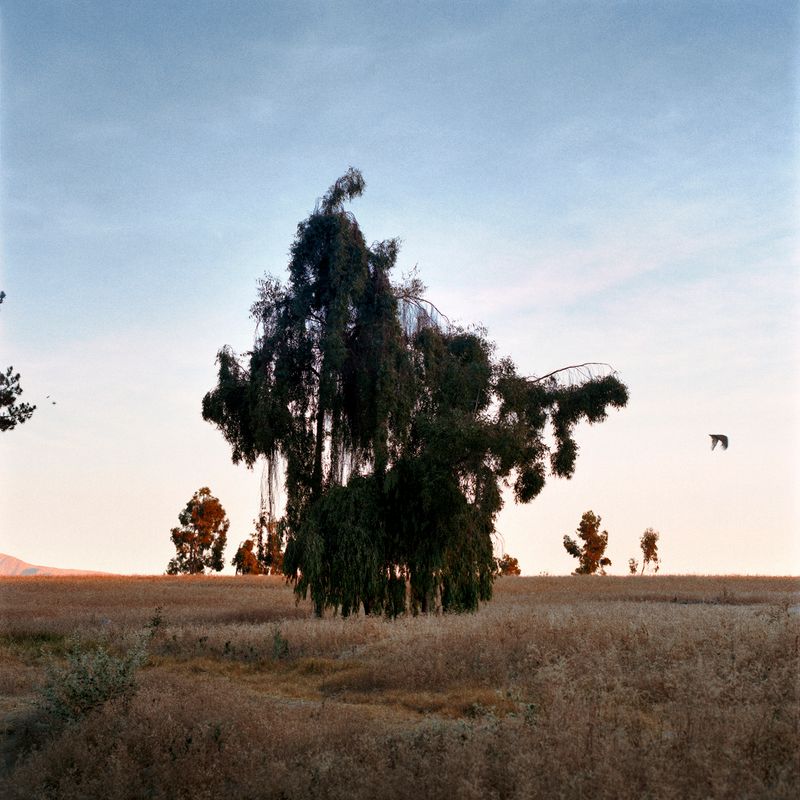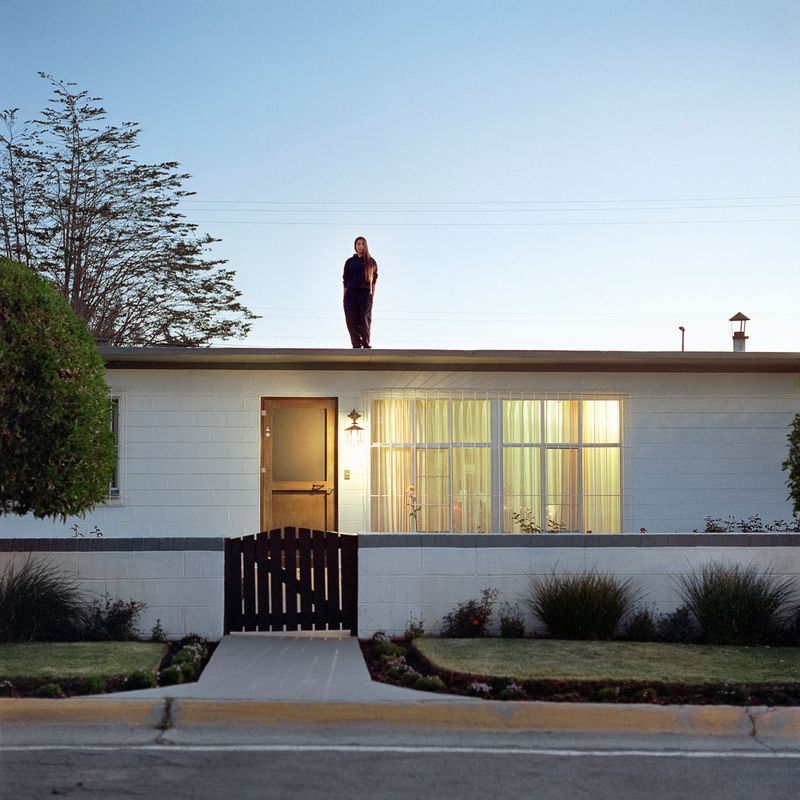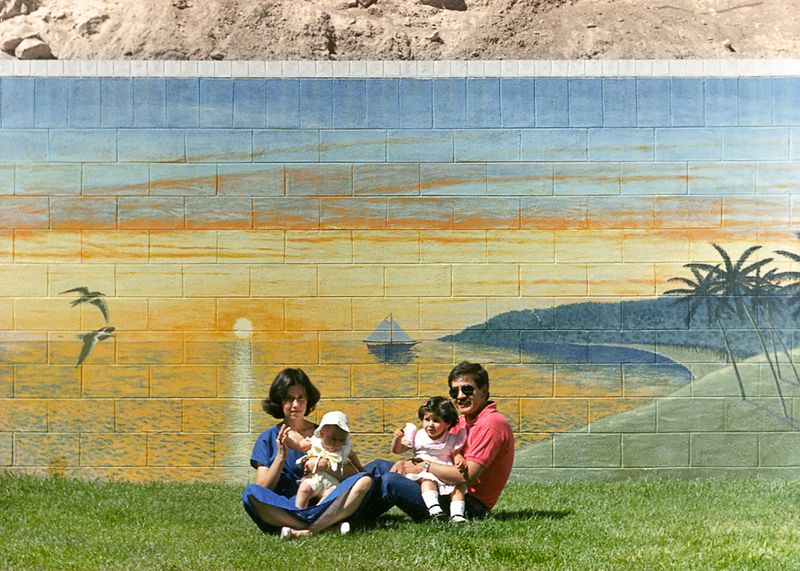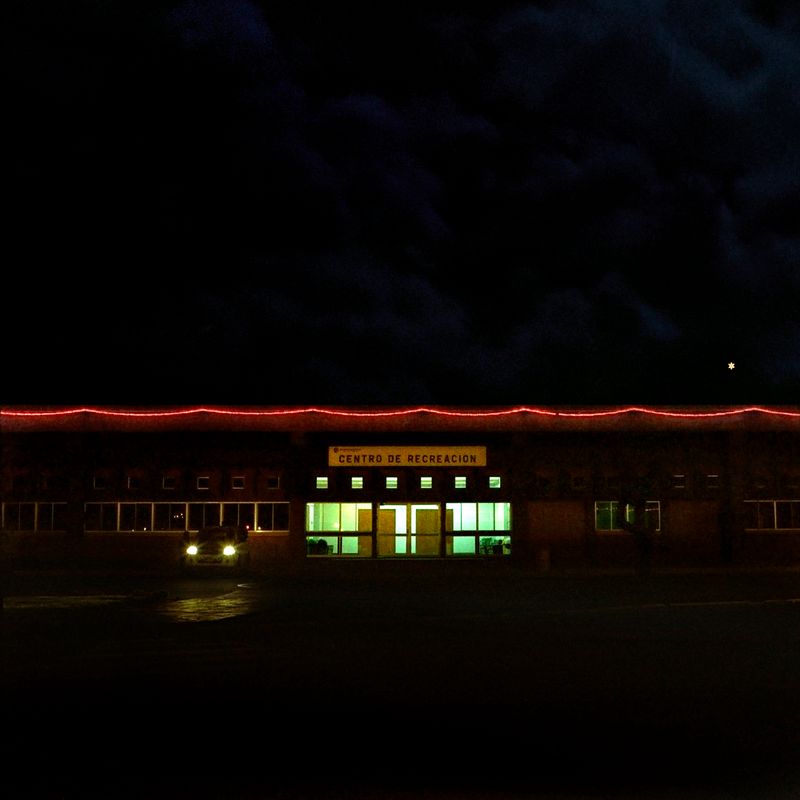Cuajone
-
Dates2015 - 2019
-
Author
Cuajone tells a story of an injured territory, which takes place in a mining camp located in Southern Peru. The urban project of the camp was designed to have an idyllic American suburb landscape with large gardens overlooking the mountains. However, the emotional bond is easily lost by being unbalanced and obedient, beautiful and sad.
The project's approximation is demiurgic in its point of view, as the reader can have a very distant look of the space, like what happens in dreams.
After a long time, a woman returns to the mining camp where she grew up. With the shield of her camera she takes pictures of the orange space and of the women, including her mother, who have lived there more than half of their lives. This reencounter blocks her recognition of Cuajone, unleashing a desire of reconciliation. The texts seek to understand the notion of time and distance experienced in a place that, due to its isolation and size, affects her sanity. The texts work as images and the pictures are bridges between the stories. This project points out what happens with isolation and artificiality: probably a behavior that mimics its own confined nature. The text also speaks of mirages and dreams, completing the landscape with the intention of filling its void and making sense of it.
This project has been displayed on walls, has become a book in 2019, which is still awaiting to be published or self-published. It has also been presented in audio with its fleeting images. The texts are currently being translated to English by the author.



